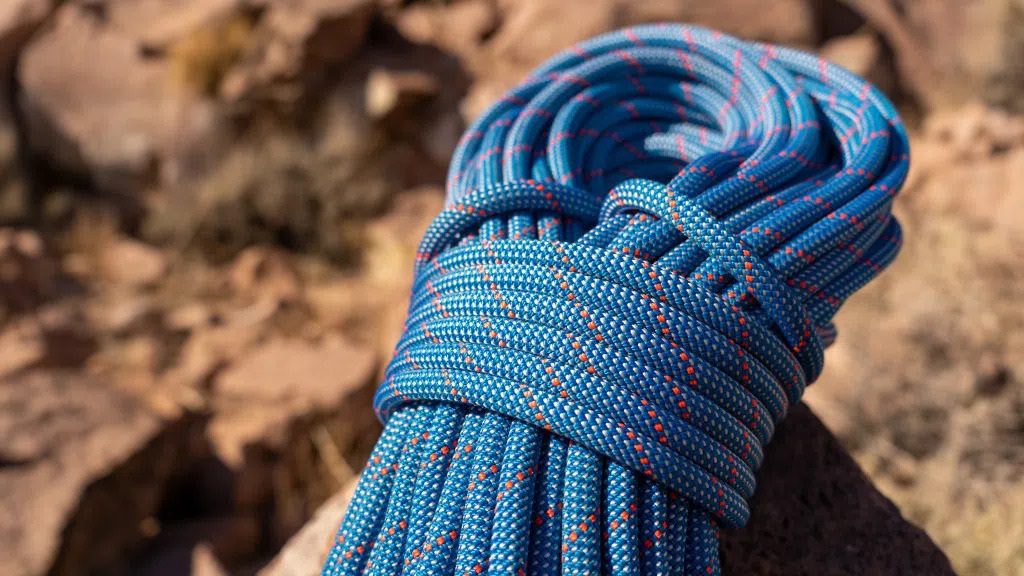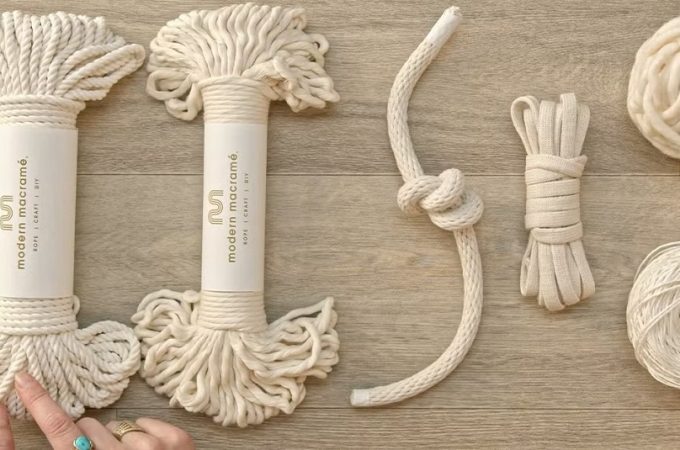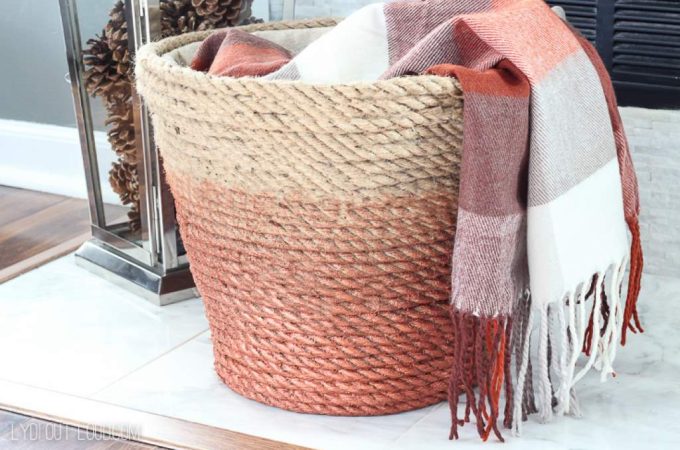
Climbing Rope DIY: A Comprehensive Guide
Climbing is an exhilarating sport that challenges you both physically and mentally. But buying all the gear can get expensive, so why not try your hand at making your own climbing rope?
Contents at a Glance
ToggleJust kidding! Please do not attempt to make your own climbing rope. Climbing ropes are highly technical pieces of equipment designed to withstand tremendous forces. They undergo rigorous testing and manufacturing processes to ensure your safety. Attempting a DIY climbing rope is extremely dangerous and could lead to serious injury or death.
Instead of making your own rope, let’s focus on understanding climbing ropes, how to choose the right one, and some essential care tips.
Understanding Climbing Rope Types
There are two main types of climbing ropes: dynamic and static.
- Dynamic ropes are designed to stretch and absorb the impact of a fall. This dynamic elongation reduces the force on the climber and the protection points, making for a safer fall. Dynamic ropes are used for top-roping, lead climbing, and mountaineering.
- Static ropes have minimal stretch and are used in situations where you don’t want the rope to stretch, such as rappelling, hauling gear, or rescue operations. Using a static rope for lead climbing is extremely dangerous as it would transmit the full force of the fall to the climber.
Within dynamic ropes, you’ll find different diameters and constructions:
- Single ropes: These are the most common type and are used for a wide range of climbing styles. They are typically 9.5mm to 11mm in diameter.
- Half ropes: These thinner ropes (8mm to 9mm) are used in pairs and provide redundancy and options for more complex routes.
- Twin ropes: Similar in diameter to half ropes, twin ropes are designed to be clipped together through each piece of protection.
Choosing the Right Climbing Rope
Choosing the right rope depends on your climbing style and needs. Consider the following factors:
- Diameter: Thicker ropes are generally more durable but heavier. Thinner ropes are lighter and easier to handle but may wear out faster.
- Length: Ropes come in various lengths, typically ranging from 30 meters to 80 meters. Choose a length that’s suitable for the crags you frequent.
- Water repellency: If you climb outdoors, consider a rope with a water-repellent treatment. This will prevent the rope from absorbing water, which can make it heavier and less effective in cold conditions.
- Certification: Ensure the rope meets safety standards set by organizations like the UIAA (International Climbing and Mountaineering Federation) or the CE (European Conformity).
Climbing Rope Reviews
Here are a few popular climbing ropes on the market:
- Mammut Eternity Classic: This workhorse rope is known for its durability and handling. It’s a great all-around rope for both indoor and outdoor climbing.
- Black Diamond 9.9mm Dry Rope: This lightweight rope is ideal for sport climbing and redpointing. It features a dry treatment for enhanced water resistance.
- Sterling Evolution Velocity: This high-performance rope is designed for experienced climbers. It’s incredibly thin and light, making it ideal for pushing your limits.
- Edelrid Boa Eco 9.8mm: This eco-friendly rope is made from recycled materials. It’s a good choice for climbers looking to reduce their environmental impact.
Note: These are just a few examples, and many other excellent climbing ropes are available. It’s essential to do your own research and read reviews before purchasing.
Related: Jute Rope for Crafts: Unleash Your Creative Side!
Caring for Your Climbing Rope
Proper care can significantly extend the life of your climbing rope. Here are some essential tips:
- Avoid stepping on the rope: This can grind dirt and grit into the rope fibers, causing abrasion and weakening the rope.
- Clean your rope regularly: Use a rope brush or a damp cloth to remove dirt and debris. You can also use a specialized rope cleaner if needed.
- Dry your rope thoroughly: After cleaning or if the rope gets wet, hang it in a cool, dry place away from direct sunlight.
- Inspect your rope regularly: Look for any signs of damage, such as cuts, fraying, or core shots. Retire your rope if you find any significant damage.
- Store your rope properly: When not in use, store your rope loosely coiled in a rope bag or a cool, dry place.
Frequently Asked Questions (FAQ)
Q: How often should I replace my climbing rope?
A: The lifespan of a climbing rope depends on several factors, including frequency of use, care, and the type of climbing. As a general guideline, consider replacing your rope if:
- It shows signs of significant wear and tear.
- It has been involved in a major fall.
- It’s more than five years old, even if it hasn’t been used much.
- Do you have any doubts about its safety?
Q: Can I use my climbing rope for other activities, like rappelling or hauling?
A: While dynamic ropes can be used for rappelling, it’s generally recommended to use static ropes for activities other than climbing. Static ropes are designed for these applications and provide better control and safety.
Q: How do I know if my rope is damaged?
A: Inspect your rope regularly for any signs of damage, such as:
- Cuts or abrasions: Look for any cuts, nicks, or frayed areas on the rope’s sheath.
- Core shots: These are areas where the rope’s core is visible due to damage to the sheath.
- Flat spots or inconsistencies: Feel along the rope for any flat spots or inconsistencies in diameter.
- Discoloration or stiffness: These can be signs of heat damage or chemical exposure.
Q: Can I wash my climbing rope in a washing machine?
A: While some manufacturers may allow washing their ropes in a washing machine on a gentle cycle, it’s generally not recommended. Hand washing with a rope cleaner or mild soap is the preferred method.
Q: What’s the difference between a dry-treated rope and a non-dry rope?
A: Dry-treated ropes have a special coating that repels water and dirt. This makes them more durable and resistant to the elements, especially in wet or icy conditions. Non-dry ropes are more affordable but can absorb water, making them heavier and less effective in cold temperatures.
Conclusion
Climbing ropes are essential safety equipment for any climber. While making your own rope is not an option, understanding the different types of ropes, choosing the right one for your needs, and caring for it properly are crucial for your safety and enjoyment of the sport. Remember to inspect your rope regularly, retire it when necessary, and always climb with a partner you trust.
By following these guidelines and prioritizing safety, you can confidently embark on your climbing adventures and reach new heights.






